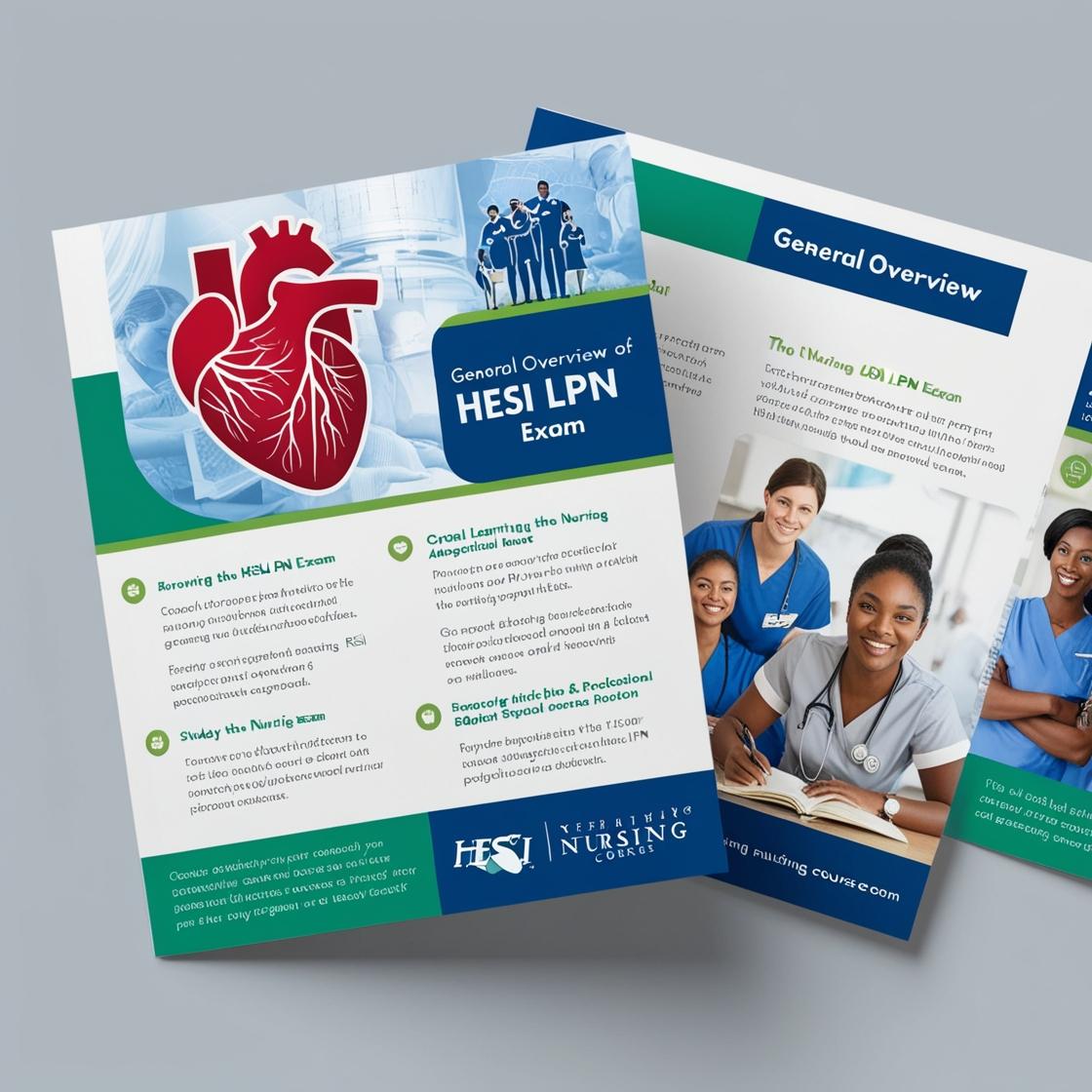HESI LPN
Leadership and Management HESI Test Bank
1. Select the stage of shock that is accurately paired with its characteristic.
- A. The initial stage of shock: Hyperventilation occurs and the blood pH rises.
- B. The compensatory stage of shock: Hypoxia occurs and lactic acid rises.
- C. The progressive stage of shock: Histamine is released; fluid and proteins leak into surrounding tissues and the blood thickens.
- D. The refractory stage of shock: Potassium ions leak out; sodium ions build up, and metabolic acidosis increases.
Correct answer: C
Rationale: The progressive stage of shock is accurately described as the stage where histamine is released, leading to fluid and proteins leaking into surrounding tissues and the blood thickening. In this stage, the body's compensatory mechanisms are overwhelmed, resulting in a cascade of events that worsen the shock state. Choice A is incorrect as hyperventilation and a rise in blood pH are more characteristic of the compensatory stage. Choice B is incorrect as hypoxia and a rise in lactic acid are more typical of the progressive stage. Choice D is incorrect as the described electrolyte imbalances and metabolic acidosis are more aligned with the refractory stage of shock.
2. Which patient is at greatest risk for papilledema?
- A. An elderly patient with cataracts and macular degeneration
- B. A male patient with hypothyroidism
- C. A male patient with hyperthyroidism
- D. An adolescent with a closed head injury
Correct answer: D
Rationale: An adolescent with a closed head injury is at the highest risk for papilledema due to increased intracranial pressure. Papilledema is often a consequence of elevated intracranial pressure, which can occur in conditions like head trauma. Choices A, B, and C do not directly correlate with an increased risk of papilledema compared to a closed head injury, which is more likely to lead to elevated intracranial pressure and subsequent papilledema.
3. Which of the following methods of insulin administration would be used in the initial treatment of hyperglycemia in a client with diabetic ketoacidosis?
- A. Subcutaneous
- B. Intramuscular
- C. IV bolus only
- D. IV bolus, followed by continuous infusion
Correct answer: D
Rationale: The correct answer is D: IV bolus, followed by continuous infusion. In the initial treatment of hyperglycemia in a client with diabetic ketoacidosis, insulin is administered via IV bolus to quickly reduce blood glucose levels, followed by a continuous infusion to maintain control. Subcutaneous and intramuscular routes are not used in this situation as they are not rapid or predictable enough to address the acute hyperglycemia seen in diabetic ketoacidosis. IV bolus alone without the continuous infusion may not provide sustained control of blood glucose levels, making choice C incorrect.
4. Which of the following is considered normal for the neonate?
- A. Chest Circumference: 10 to 13 inches
- B. Length: 16 to 22 inches
- C. Weight: 1,500 to 4,000 g
- D. Head Circumference: 12.6 to 14.5 inches
Correct answer: D
Rationale: A normal head circumference for a neonate typically falls within the range of 12.6 to 14.5 inches. Choice A is incorrect because the chest circumference for a neonate is usually smaller. Choice B is incorrect as the length of a neonate is typically shorter. Choice C is incorrect as the weight of a neonate is usually measured in grams and falls within a different range.
5. A nurse is providing discharge teaching to the parent of a toddler who has a new diagnosis of asthma. The parent states she is unable to afford the nebulizer prescribed for the child. Which of the following referrals should the nurse recommend?
- A. Social worker
- B. Pharmacist
- C. Respiratory therapist
- D. Child protective services
Correct answer: A
Rationale: The correct answer is A: Social worker. A social worker can assist the parent in finding resources to afford the nebulizer. While a pharmacist may provide information about medications and devices, they may not have direct resources to address financial concerns. A respiratory therapist focuses on respiratory care but may not specialize in financial assistance. Referring to child protective services is not appropriate in this scenario as the parent's inability to afford a nebulizer does not indicate neglect or abuse.
Similar Questions

Access More Features
HESI LPN Basic
$69.99/ 30 days
- 50,000 Questions with answers
- All HESI courses Coverage
- 30 days access @ $69.99
HESI LPN Premium
$149.99/ 90 days
- 50,000 Questions with answers
- All HESI courses Coverage
- 30 days access @ $149.99
